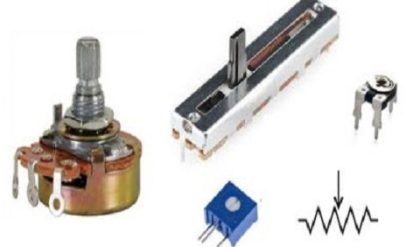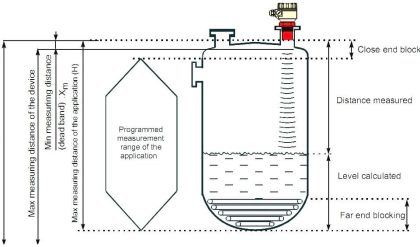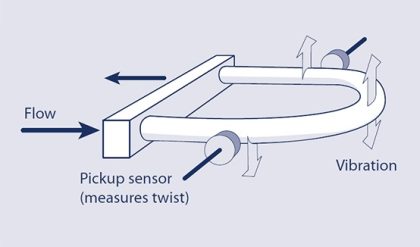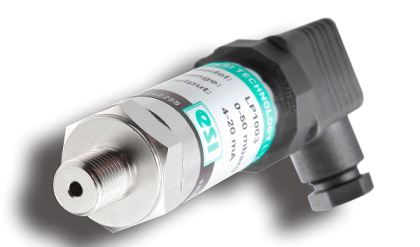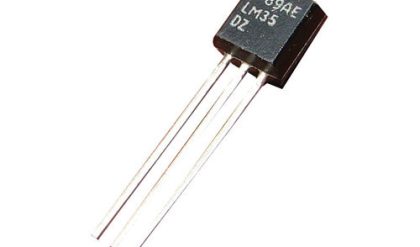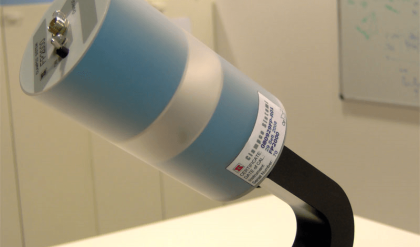In all developed countries, long-distance communication links (which used to be called ‘trunks’, by analogy to ‘trunk road’) nearly always use optical fibre. It is only where the terrain makes it difficult to lay a cable (such as in mountains or, sometimes, between islands) or when a new link is needed quickly and there isn’t time to lay a cable that microwave links are used instead. An optical fibre is a strand of glass or plastic, not much thicker than a human hair, which guides light from one end to the other (Figure 26). The guidance comes about because of an effect known as total internal reflection. This means that light shone in one end of the fibre doesn’t come out from the sides of the fibre even if the fibre is bent around corners. The light just travels inside the fibre until it comes to the far end. Because the fibre is so thin it is flexible and, from the outside of a cable with protective plastic coverings, looks and feels much the same as an electrical wire. Signals are conveyed by changing the ‘brightness’ of the light injected into the fibre and measuring it at the far end. Bits are sent by ‘on-off keying’: 1s are represented by light on and 0s by light off.

Figure 26 Optical fibre of the type used for communications. The bare glass fibre is vulnerable to scratches and will break if bent too tightly, so the cable shown has several layers of protective coverings, shown here stripped off layer by layer. The attraction of optical fibre is that it can be used for very high data rates over long distances. It is this combination – high data rates and long distances – that distiguishes it from wires. When electrical signals are transmitted over wires the attenuation increases with increasing data rate, so the higher the data rate, the greater the attenuation and therefore the shorter the distance that can be used. So, for example, although signals at 1 gigabit/s can be carried around on wires inside a computer, it is difficult to transmit electrical signals even a few metres at data rates that high. With optical fibre the attenuation is not dependent on the data rate, and the attenuation is anyway very low, so that signals at tens or even hundreds of gigabit/s can be sent for tens of kilometres with the right sort of fibre. There are other factors to consider, including, as mentioned above, that higher data rates require higher power (which is the case whatever the medium used to carry the signal). Nevertheless, even though optical fibre is generally more expensive to use than wires, optical fibre is the transmission medium to use for high data rates over long distances.
